February is American Heart Month and the perfect time to educate ourselves about heart disease and what we can do to keep our hearts in good working order.
Know the Facts – Heart Disease
The Centers for Disease Control (CDC) gives an overview of why cardiac health is such a topic of concern in the U.S.:
- About 610,000 people die of heart disease in the United States every year–that’s 1 in every 4 deaths.
- Coronary heart disease (CHD) is the most common type of heart disease, killing over 370,000 people annually.
- Every year about 735,000 Americans have a heart attack. Of these, 525,000 are a first heart attack, with the other 210,000 happening in people who have already had a heart attack.
What’s the Difference between SCA and Heart Attacks?
It’s easy to confuse “heart attack” and “sudden cardiac arrest,” but they are two very different situations. The SCA Foundation does a great job explaining the difference:
“HEART ATTACK: A ‘PLUMBING PROBLEM’ — The Person is Awake and the Heart is Beating
Heart attack (the medical term is myocardial infarction or MI) occurs when part of the heart’s blood supply is reduced or blocked, causing the heart muscle to become injured or die. The person is awake (conscious) and may complain of one or more of the signs and symptoms of heart attack.
SUDDEN CARDIAC ARREST: ‘AN ELECTRICAL PROBLEM’ — The Person is Not Awake and the Heart is Not Beating
Sudden cardiac arrest (SCA) is different from heart attack. While heart attack is described as a “plumbing problem,” SCA is more of an “electrical problem” that prevents the heart from functioning effectively. Heart attack can lead to SCA, but there are many other causes, such as congenital abnormalities, severe heart failure, electrocution and drug overdose.”
For more information, download our new SCA infographic here.
CPR is not the response for a patient whose heart is beating. As the SCA Foundation says, “Instead, the correct action is to call 9-1-1 immediately to get emergency medical services (EMS) on the way to help. The sooner the person is treated, the better the outcome.”
For SCA, early intervention with CPR and an AED can make a lifesaving difference. If you would like to learn how to respond in an emergency, or if you are required to hold current emergency care certification, go to the ASHI and MEDIC First Aid website and click on Locate A Training Center.
Taking Care of Your Heart
Staying current with your physician regarding your cardiovascular disease health risks and following some basic healthy lifestyle suggestions will go a long way towards improving your heart health:
- Your health care provider should test your blood levels of cholesterol, blood pressure and blood sugar levels at regular intervals that are right for you, taking into consideration your family medical history and lifestyle. Be sure to follow your doctor’s instructions carefully regarding any medications. Never stop taking your medication without talking to your doctor, nurse, or pharmacist.
- Live a healthy lifestyle by:
- Eating a healthy diet.
- Maintaining a healthy weight.
- Getting enough physical activity.
- Not smoking or using other forms of tobacco.
- Limiting alcohol use.







.png?width=600&name=HSI-CTA-EmergencyCareTraining%20(1).png)











Comments